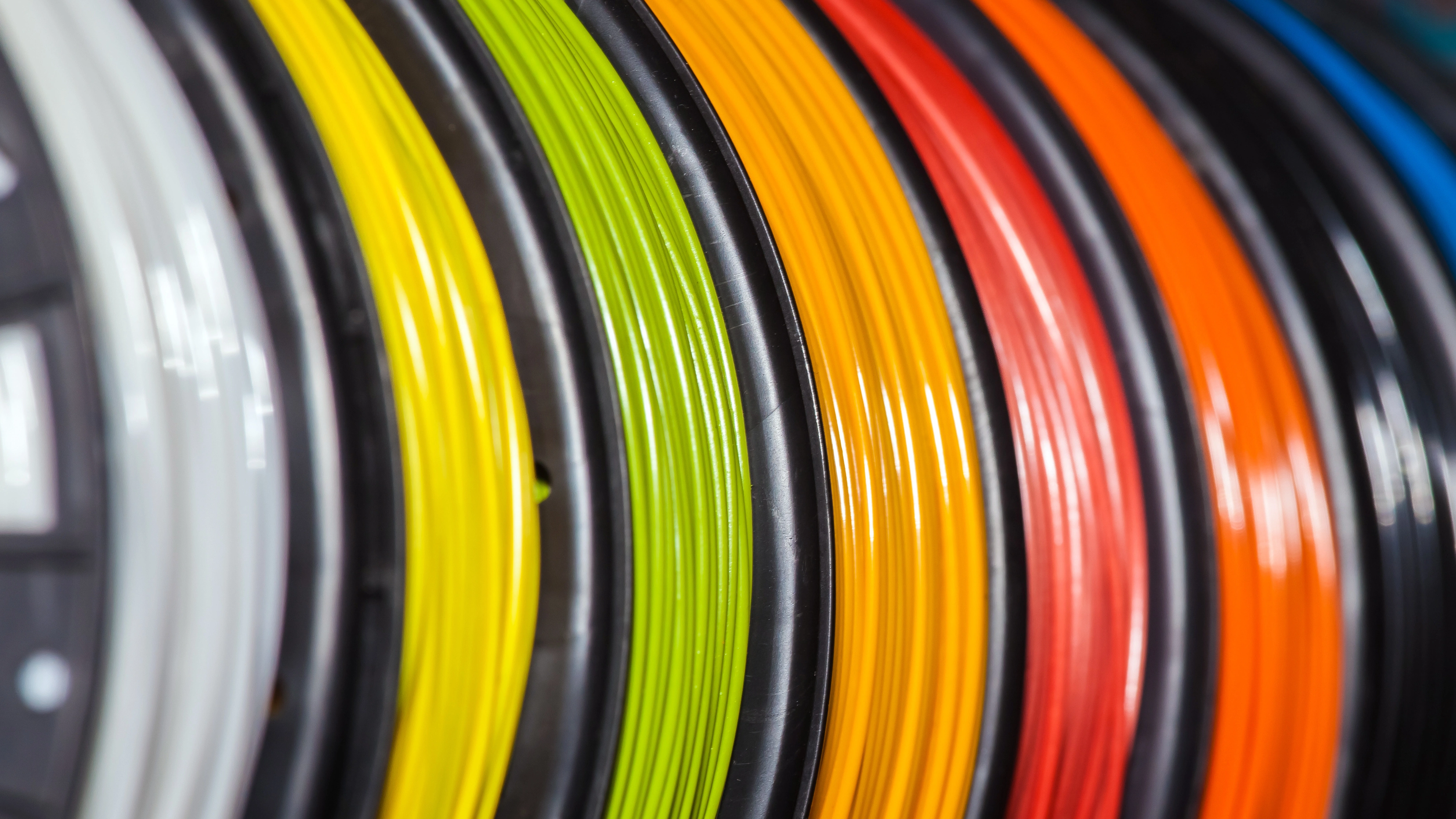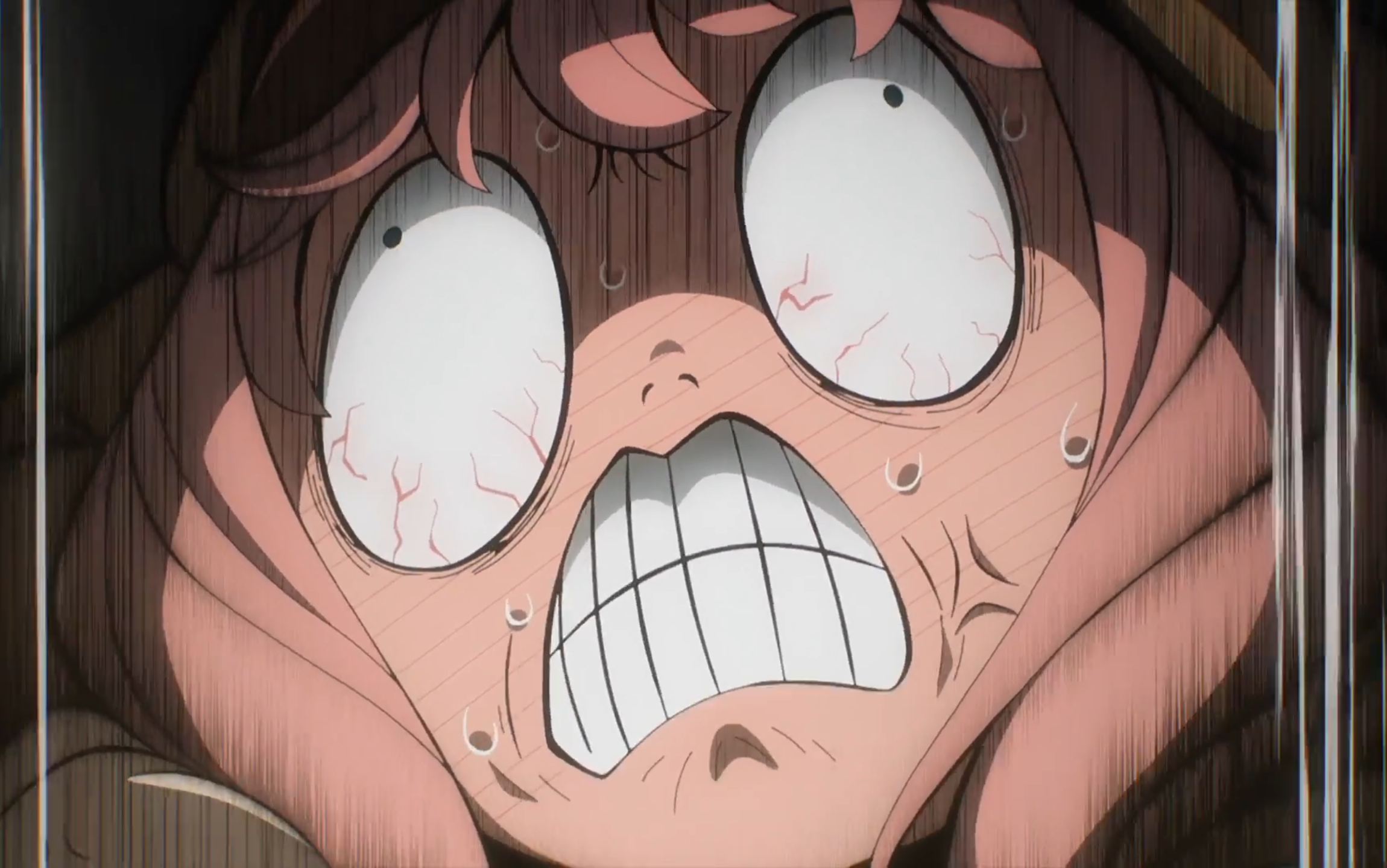- cross-posted to:
- technology@lemmy.world
- cross-posted to:
- technology@lemmy.world
What they’re saying is basically: We have no clue if 3D-printing can cause cancer, but better be careful.
Yeah, I didn’t know that before.
This study looks at how particles released from 3D printers (specifically using ABS and PLA filaments) can damage cells and potentially lead to cancer. They found changes in gene expression linked to cancer development, but they can’t definitively say 3D printing causes cancer yet.
If you read the full study, though, it’s clear that exposure to these particles affects cells in ways that suggest further research is needed to figure out just how dangerous it is, not if it’s dangerous. The study avoids outright claiming that 3D printing causes cancer because it was mainly designed to assess cellular responses to particulate exposure, not long-term cancer outcomes.
They did see cellular changes linked to cancer pathways, but the study’s design didn’t allow them to draw that direct conclusion. A follow-up study focused on these gene expression changes and long-term effects is likely to show a clearer link between 3D printing exposure and cancer development.
That being said, this isn’t the only study. For instance, particles emitted during 3D printing—especially ultrafine nanoparticles—have been shown to cause cellular damage, oxidative stress, DNA breaks, and inflammation, all of which are early indicators for cancer development. In one study, exposure to ABS fumes led to a 49.5% decline in cell viability, pointing to high toxicity levels.
Other research has suggested that people exposed to 3D printer emissions have a cancer risk 3.44 times higher than those exposed to typical urban pollution. To be blunt, it’s pretty well established that the particles emitted from 3D printing processes are biologically active and harmful. I think that most people engaged with the hobby probably know that intuitively, which seems borne out by the tenor of many of the comments here.
It’s dangerous, and it’s likely shortening your lifespan in the long term. You might not care now, but if you get cancer in a decade or two, I imagine future you will feel differently. “Do you” and all that, but I’m amazed by the amount of people 3D printing without air filtration and vent hoods. The fact that some people do this in the open air in their living spaces is mind boggling to me.
Can you share these studies?
And reading this I’m now considering getting rid of my printer
For the record, I don’t necessarily think you need to get rid of your printer, but taking some safety precautions might be wise.
Honestly, I love 3d printing, but I still worry about microplastics in the environment.
It’s complicated but PLA is bio-degradable … eventually. Not months but years. That’s much better than the horrors you see on Blue Planet II.
PLA requires industrial high heat composting to breakdown. Otherwise it will be around as long as any other type of plastic.
Is this true also for microplastics? I am aware of the marketing claims and the helpfull oversight of the needed bioreactor but i thought that was in part due tl the larger pieces. Wondering about micro
I’m not sure how much sooner it degrades, but the study still suggests that it causes cellular damage before it’s able to degrade.
Honestly, how much of the 3D printed crap ends up in landfills? It’s the summum of our low quality, fast-creation, use once (twice?) and throw-away culture. This has to be one of the least eco friendly ways of product creation.
There is a different side to this equation too. Locally sourcing production. There is no surplus stock that needs to be thrown unopened. No shipping of some part that solves some particular problem. Replacement parts can be made for things that would otherwise be cheaper to buy new and dump the old one, etc.
I used mine almost exclusively for repairing things that are either impossible to get (parts for an old blender, or window blinds that are otherwise in fine condition.
I also use it to print templates for fabrication, which saves the production of steel since I’m often able to make something once instead of throwing away much more energy intensive prototypes in the design process.
That said, my printer lives in a shop workspace, and has an enclosure, though not a filtered one (yet).
Well, it isn’t so much as that. It’s more of a “crap, my bed isn’t leveled”, or “my nozzle got clogged”, or “the filament wasn’t dry enough and broke”, or the filament got tangled, or some other random print fart issue that causes multiple printing issues sometimes. There’s also some situations where the design doesn’t work and you have to go back and make another design change or iteration. All those attempts create waste plastic, and while I recycle my scraps, I’m not sure how many who are going into this hobby do.
It goes beyond this to the things people print. There’s a lot of… low shelf life dudads turned out by a subset of our community. For example, a coworker printed each of the ten of us a 4" tall Groot as a holiday present pre-covid. I bet most of those wound up in the bin. I totally get the hobby of collecting trinkets, but often wonder about the end state - it will all eventually need a new home or will end up in a landfil.
Plastic recycling is a fine idea, but in many cases the material winds up getting shipped overseas and burned. It’s also the least preferred option of reduce, reuse, recycle. It is cool that some filament companies are now accepting scraps, but that’s not very common (yet?). I also wonder how they deal with contamination. Sorting the different plastic types is difficult today from my understanding. That and low resale value is why plastics recycling is struggling.
All that said, I am a massive believer in functional prints. You can breathe new life into existing things and the things you create can be here for a long time.
You can recycle your filaments. This is an incredible way of creation.
You can also just put all of your failed prints in a bag, and say you’re gonna recycle them. But really you keep running out of bags because you’re lazy.
Hmm I didnt know you could recycle filament. That is certainly positive. So that would mean you could take a 3D printed object and melt it down (?) and make something new out of it? Is it infinitely recyclable or does it lose certain properties? And is that easy to do and do people actually do that? (I don’t mean to sound negative, I’m genuinely curious)
This is coming from a big 3d printing nerd, but no, the average person is not able to reuse filament once it’s been used. There are commerically available machines made for turning bits of filament into reusable filament, but the process is incredibly difficult to manage on a hobby scale (you need to make sure your scrap is completely free of any debris or your filament will cause nonstop jams and clogs), the machines are very expensive, and you need a ton of scrap to get a usable amount of filament. I think that there are companies that offer recycling as a service, but again I can’t imagine it being viable on a hobbyist level.
I recognize that plastic waste is obviously a huge issue when it comes to 3d printing, and I agree that some aspects of the hobby can be deemed wasteful. One thing I think that is often overlooked though when it comes to this discussion is the reduction in shipping and handling waste 3d printing provides. Sure, I don’t really need that stupid Baby Yoda print, but if I was already going to buy a little figurine or plushy or whatever, at least the one I printed doesn’t come sealed between two pieces of form fit plastic, held together by plastic coated twist ties, all presented in a plastic-cardboard box with a see-through plastic window that was shipped from mainland China - all of which is getting tossed out. The total waste produced for printing the thing is measured solely in the amount of filament I used and the electricity used to keep the printer running; when you consider that most people print in PLA (which is supposed to be biodegradable) and have electricity subsidized in some shape or form through renewables, the hobby seems much less wasteful than the more popular form of consumerism (buying shit).
You can get a pellet printer as a 2nd printer, either as a modification to an existing printer or as a complete printer, and then you don’t have to worry about most of the difficulties of recycling your waste. Just ensure your keep different types of plastic separate and stored in dry containers just like you would store filament. Then you just need a shredder, which are pretty cheap, and you can create small plastic chunks that will work in the place of pellets. This avoids most of the cost and difficulty associated with recycling, which largely comes from the extrusion process.
If you wind up needing to dry the pellets, its basically the same process as for filament and removing contaminants is less of a concern.
If you also do injection molding, the pellets can also be used for that.
While creating new filament on hobbyist scale is difficult, finding other ways to reuse the plastic at the hobbyist scale isn’t hard. Just requires being willing to do it and a little bit of creativity.
I don’t have a 3D printer but if I did I would try to keep it in a basement or garage, or at least keep a window open
Uneven airflow results in bad prints. Better to set up a ventilator hood that exhausts outside.
Plus humidity is bad for your filament.
I just don’t go into the room with my 3d printer outside of checking on it, and then I usually forget that my print is done for like an hour so the smell (and hopefully cancer) is long gone.
Plus humidity is bad for your filament.
I keep on hearing this but it does not check out for me.
I have a Prusa 3S+, self assembled. I do not do a great deal of printing and go through phases. I did a flurry of prints during the pandemic and then it rested idle in our rather cold and slightly damp study for a couple of years. When I bought it, it came with a spool of silver Prusament which worked nicely. I then bought a spool of “Sunlu” filament (Chinese firm off of Amazon) and then a box of 10 colours of the stuff.
I recently got the printer out and updated the firmware, re-calibrated it and so on. I’ve done several prints with filament that has been open to the environment for at least two or three years and its fine. I have done a print using some transparent filament which was unopened and that was fine too. The unopened stuff was vacuum shrunk wrapped so could not possibly be damp. The opened filament was stored in the original cardboard box in a slightly damp and unheated room.
For me the main issues for a decent print are:
- Adhesion on the plate. I actually used glue for a print for the first time recently
- First layer calibration. If the first layer is wrong, the rest is wrong. You need to get the right amount of “squashing” to get a smooth bottom
- Always clean the plate between prints - a squirt of EPA and a decent rub with tissue whilst the bed is heating up does the job
- Keep the guide rails lubricated - Mine whined that all three axes were too tight or just wrong and yet the Prusa app to check belt tightness and forum and wiki advice said it was fine. Any engineer will tell you to lube up when in doubt - do it! X, Y and Z.
I will try repeating a challenging print with filament that is way older now and see what happens. I printed a couple of tank models in red around four years ago. Both involved their turrets with the barrel facing upwards - that’s a lumpy cylinder about 4cm long and 2mm wide.
I have seen some notes about PLA being hydrophylic (absorbs water) on the Prusa website’s official advice but I don’t personally think it is an issue and people are probably missing another factor or factors that is fucking up their prints. I think the filament dampness meme is “cargo culting”.
PLA is heated to around 220C whilst being extruded so any water will steam off very quickly as water vapour - which is not even “wet”, well before worrying a print job.
PLA is touted as bio-degradable and it is … eventually. It is extremely stable, despite being derived from corn starch. It really doesn’t seem to care about a bit of water hanging around. That’s why I can print new hinges for a plastic garden storage thing to replace the original ones and they last through winters and summers in the UK.
So, if you think moisture is an issue for PLA filament used for 3D printing, why not do some experiments and then decide for yourself.
I’m happy to be proved wrong.
PLA is heated to around 220C whilst being extruded so any water will steam off very quickly as water vapour - which is not even “wet”, well before worrying a print job.
That’s the issue, when it “steams” out it changes the flow rate. My humid filament “drools” more, and isn’t as consistent as a fresh one. Once I’ve put the filament through my food dehydrator for a few hours it’s not as good as fresh, but it’s a lot better. This is only really an issue if I leave the filament out for months on end. If I’m printing like crazy and get through the spool quickly it’s not really an issue until towards the end. That’s the reason people have these fancy ass boxes to store their filament.
Perhaps, but have you actually tested this for yourself?
PLA is extruded at 220C in my Prusa beastie. Once the filament is slapped on the model, I probably want it to to fuse to the previous layer really well and then cool really fast and become stable.
We need to provide working and results rather than “I think that”. My printer is quite close to a very large double doors to outside, which open and shut as required.
I have a cheapo 3d printer and have ran into this numerous enough times enough that I built a plexiglass enclosure.
Mine live outside in the garage , I built a Corsi-Rosenthal box (box fan with a bunch of filters on it) that stays on out there, and both of mine are in fairly decently sealed enclosures with HEPA+Carbon recirc filters.
Don’t go in there when printing unless absolutely necessary, and even then, minimise exposure.
I could tell you that it was a surprise for me but it’s not and I also have a resin printer. Have you smelled that? It’s the smell of cancer building up in your brain! But to be fair, so it’s cola, coffe, fastfood, processed food, cars, every material used for building and keeping your house clean and anything diet… so you know… I was already going to have cancer, at least now I got to play with some toys while dying
Edit: Just wanted to add that my BIL was 43 yo, vegan, fit, would work out and swim 7 days a week, would eat salad from his own backyard, lived in a rural “clean” area and meditate and didn’t like technologies… died from cancer at 43. I’m a fat slob that resin prints for 3 years and already outlived him
Please don’t have resin in your room. It’s nasty, and use gloves to touch (I assume you do), you can get chronic dermatitis from uncured resin
oh no I don’t have it in my room, it’s in the garage, but the smell goes all around the house
I have had dermatitis from resin in my arm (accidental) so yeah i’m aware pretty nasty stuff.
I keep Ender3 V2 in an enclosure and try to keep it as closed as possible when I take out my prints. Doesn’t hurt to be safe.
I treat it the same way I would laser printer toner, at the very least I don’t want it on my desk.
Does anyone here have any tips on low cost ways to vent out these residues from 3D printing?
Print with the same setup you’d use with resin printing: It’s an enclosed tent that has filters and venting you can direct outside.
I’ve seen cheap ikea end tables modded for enclosures. Particle board is used to seal up three sides (between each of the legs), and an acrylic panel attached with some cheap hinges goes in the last one to make a door. A hole is cut in one of the boards to allow for ventilation.
I sold my 3d printer for this reason because there’s no where I can keep it other than my tiny room. I want at least a large storage space that can be ventilated to turn into a sort of creation studio resplendent with a printer, sowing machine, soldering station, etc.
You can make little vented enclosures but yeah, there’s only so much you can do in a confined space.






